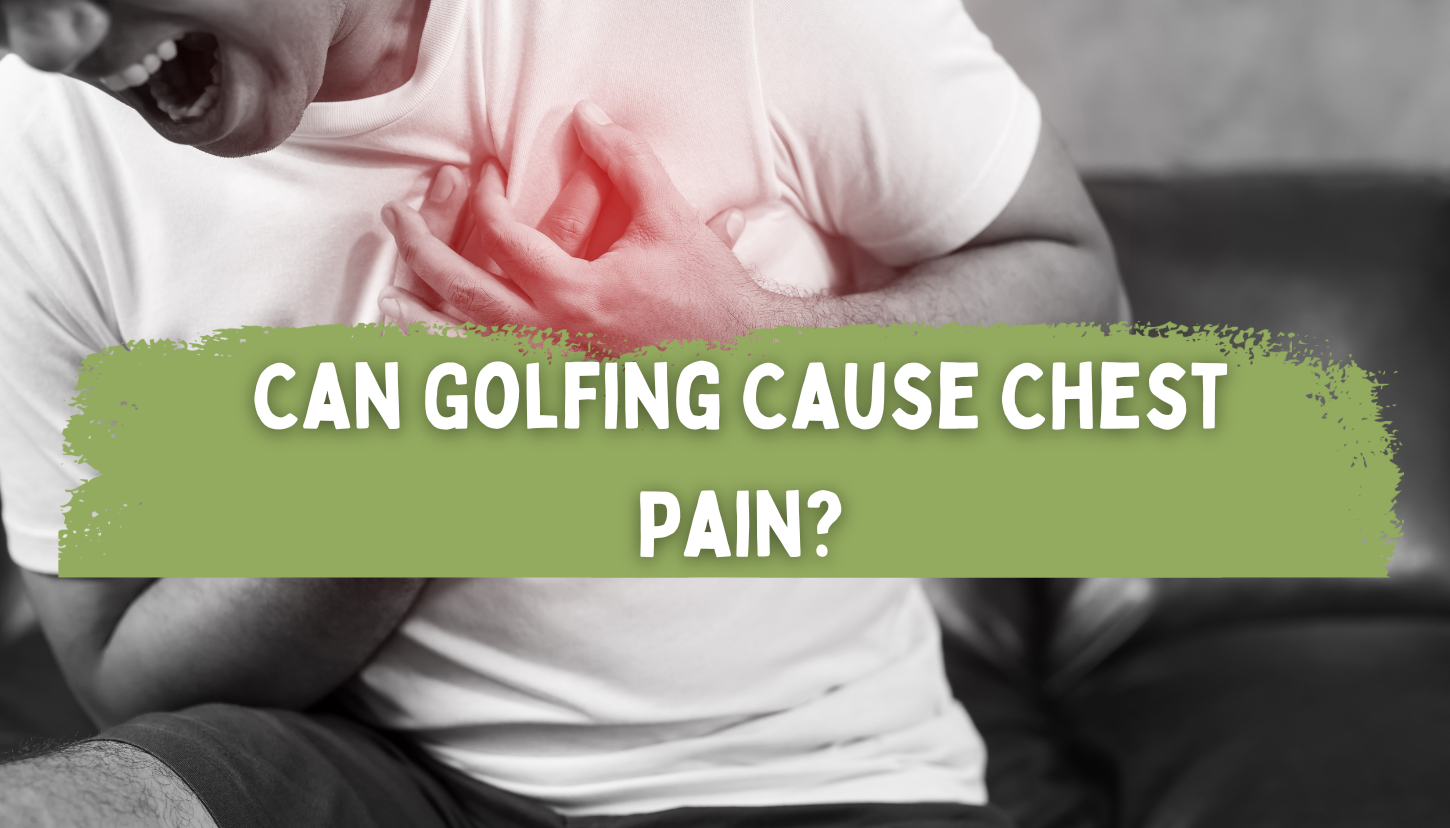Golfing is a popular sport played by people of all ages, and its popularity has grown significantly in recent years. Golfers enjoy the game for its recreational and competitive aspects, but the sport can also impact the body in various ways. The potential for golfing to cause chest pain is a question that has raised concern among golf enthusiasts and medical professionals alike.
The main question that this article aims to answer is, can golfing cause chest pain? In this article, we will explore the physical demands of golfing, common causes of chest pain during golfing and provide tips on preventive measures to avoid this unpleasant experience.
Table of Contents
The Physical Demands of Golfing
Golfing requires a combination of skills, including walking, carrying clubs, and swinging. Walking alone can be demanding, depending on the length of the course and terrain. Carrying golf clubs adds weight to the body and can put additional stress on the muscles, including those in the chest area.
The golf swing itself also places a significant demand on the body. The swing involves a coordinated motion of the hips, back, arms, and shoulders. The chest muscles, including the pectoralis major, are also involved in this motion.
Golfers who experience chest pain have reported feeling discomfort during the backswing or follow-through. This discomfort can be due to a strain or muscle pull in the chest area. In some cases, chest pain can also be a sign of an underlying medical condition, which we will discuss in the next section.
Common Causes of Chest Pain During Golfing
Poor posture, overexertion, and underlying medical conditions are some of the common causes of chest pain during golfing.
Poor posture
Golfers who hunch over their clubs or bend their backs excessively can experience chest pain. This is because the incorrect posture places a strain on the chest muscles, which can cause discomfort or pain.
Overexertion
Golfers who overexert themselves or try to hit the ball too hard can also experience chest pain. This is because the sudden increase in force can strain the chest muscles, leading to discomfort or pain.
Underlying medical conditions
In some cases, chest pain during golfing can be a sign of an underlying medical condition, such as angina, myocardial infarction (heart attack), or aortic dissection. These conditions require immediate medical attention and should not be ignored.
It is important to identify the cause of chest pain to determine the appropriate preventive measures.
Precautions and Preventive Measures
To prevent chest pain during golfing, it is essential to take the necessary precautions and preventive measures.
Warming up before playing
This involves stretching and doing some light exercises to prepare the body for physical activity. This can help reduce the risk of muscle strains and discomfort in the chest area.
Using proper equipment
Golfers should ensure that they use the right equipment, including golf clubs and shoes. Using clubs that are too heavy or too long can place unnecessary strain on the chest muscles. Proper golf shoes can also help improve balance and reduce the risk of falls or slips.
Staying hydrated
Golfers should stay hydrated by drinking plenty of water before, during, and after playing. Dehydration can cause muscle cramps and strains, which can lead to chest pain.
Listening to your body
Golfers should listen to their bodies and stop playing if they experience any discomfort or pain. Continuing to play can exacerbate the problem and cause further damage.
Seeking medical attention
Golfers who experience chest pain that persists or worsens should seek immediate medical attention. This is especially important if the chest pain is accompanied by other symptoms, such as shortness of breath or dizziness.
Proper training and conditioning
Golfers can improve their physical fitness and reduce the risk of chest pain by undergoing proper training and conditioning. This includes
engaging in regular exercises, such as cardiovascular workouts and strength training, to build endurance and strengthen the muscles used in golfing.
In addition, golfers should also work on their technique and form to prevent poor posture and overexertion. Seeking advice from a golf instructor or physical therapist can help identify any issues with technique and address them through targeted exercises and stretches.
Conclusion:
Chest pain can be a concerning symptom during physical activity, including golfing. While golfing can be a fun and rewarding sport, it is important to take the necessary precautions and preventive measures to avoid chest pain and other potential injuries.
In this article, we have discussed the physical demands of golfing, common causes of chest pain during golfing, and provided tips on preventive measures, including warming up before playing, using proper equipment, staying hydrated, listening to your body, seeking medical attention if necessary, and proper training and conditioning.
By being mindful of their body’s limits and health, golfers can enjoy the sport while reducing the risk of chest pain and other potential injuries. Happy golfing!

